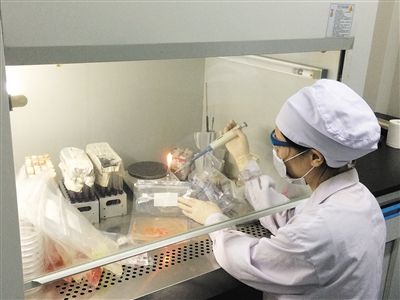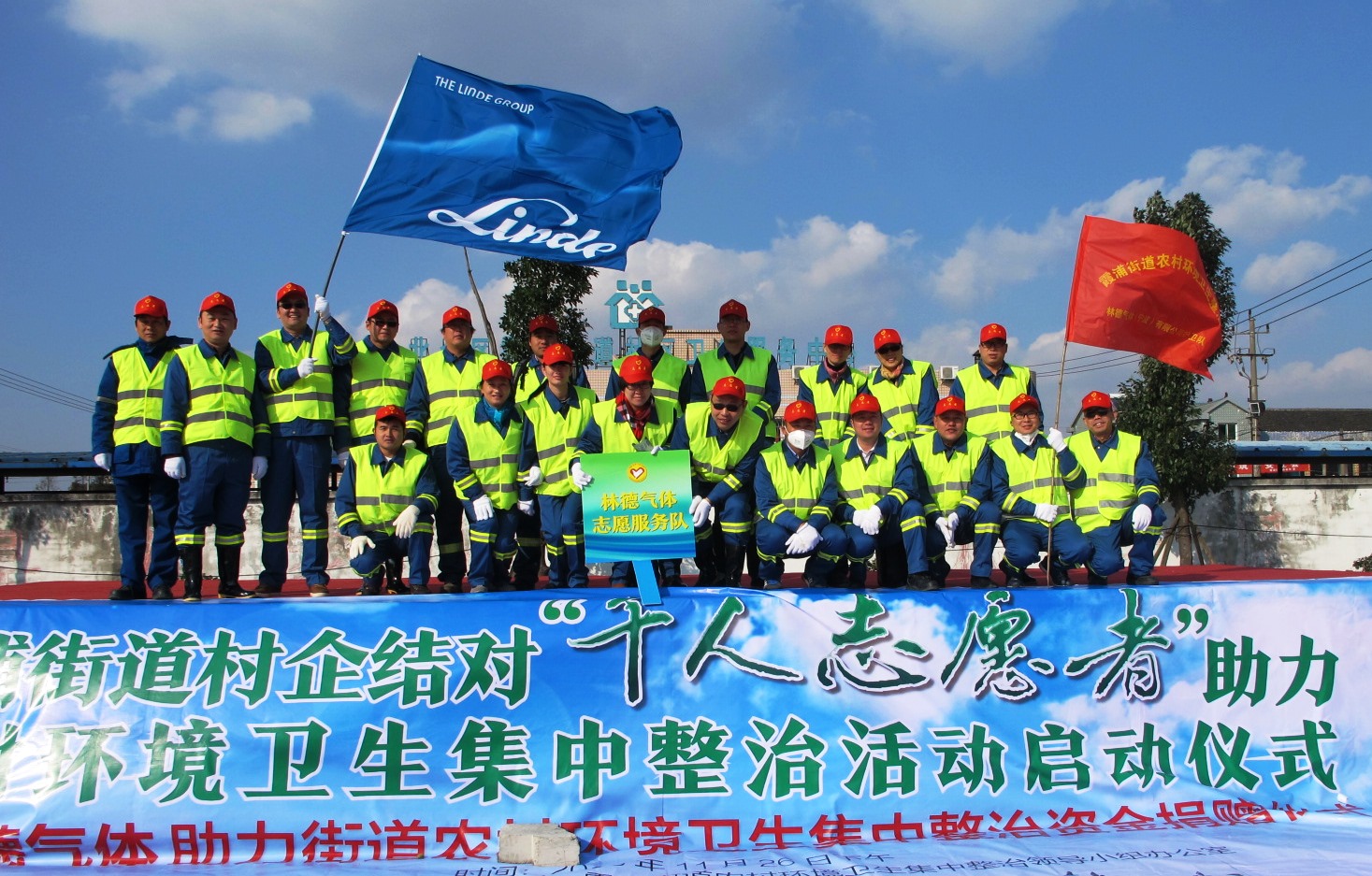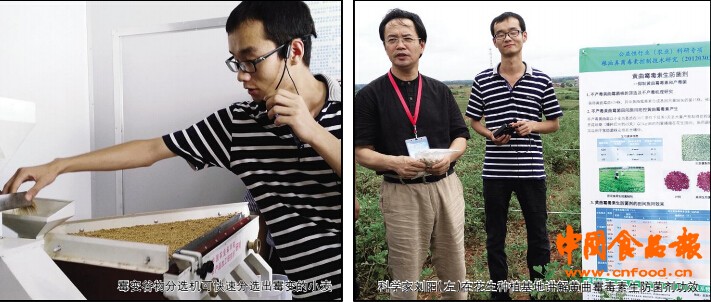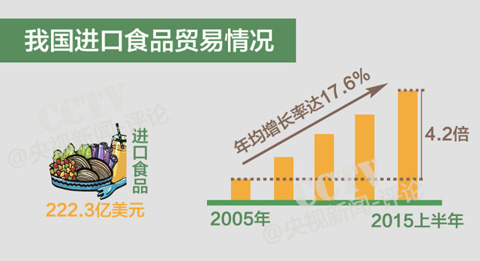FSIS Releases New Salmonella, Campylobacter Performance Standards for Poultry
USDA’s Food Safety and Inspection Service’s (FSIS) proposed changes to the Salmonellaand Campylobacter Verification Testing Program create brand-new standards forSalmonella and Campylobacter in chicken breasts, legs and wings, and forCampylobacter in ground chicken and turkey.
The agency is also updating the existing standards for Salmonella in ground chicken and turkey to make them harder to meet.
“Today, we are taking specific aim at making the poultry items that Americans most often purchase safer to eat,” said Agriculture Secretary Tom Vilsack. “This is a meaningful, targeted step that could prevent tens of thousands of illnesses each year.”
The changes were made to address the poultry products that are much more common than whole birds in consumer kitchens. The agency implemented performance standards for whole chickens in 1996 but has since learned that Salmonella levels increase as chicken is further processed into parts.
Microbiological performance standards set a limit on the number of product samples that test positive for a pathogen. FSIS uses them to assess the food safety performance of facilities, and making standards tougher means less-contaminated poultry will enter the food supply.
The new Salmonella standards will require contamination rates of no more than 25 percent in ground turkey, 13.5 percent in ground turkey, and 15.4 percent in chicken parts. For comparison, the old Salmonella standards allowed for 44.6 percent contamination for ground chicken and 49.9 percent for ground turkey.
The new Campylobacter standards will require contamination rates of no more than 1.9 percent in ground chicken and turkey and 7.7 percent in chicken parts.

Of the Salmonellosis cases associated with FSIS-regulated products, poultry represents about 58 percent of the cases, with 85 percent being associated with chicken and 15 percent being associated with turkey. Of the illnesses from consuming chicken, FSIS estimates that 81 percent were associated with parts, 13 percent were associated with whole carcasses, and 6 percent were associated with ground product.
FSIS says the standards were designed to achieve at least a 30-percent reduction in illnesses from Salmonella and a 19- to 37-percent reduction in illnesses from Campylobacter for chicken parts and ground poultry.
The agency estimates that approximately 63 percent of facilities producing raw chicken parts, 62 percent of facilities producing ground chicken, and 58 percent of facilities producing ground turkey will not initially meet the new Salmonella standards. Approximately 46 percent of facilities producing raw chicken parts, 24 percent of facilities producing ground chicken, and 9 percent of facilities producing ground turkey are predicted to not be able to meet the new Campylobacter standards.
If an establishment doesn’t meet a performance standard, FSIS will conduct follow-up sampling to assess whether the establishment is making, or has made ,changes to its food safety system to improve its process controls.
“Pathogen rates on poultry parts and ground poultry are way too high,” said Chris Waldrop, director of the Food Policy Institute at Consumer Federation of America. “These standards are essential to protect consumers and help drive down rates of contamination in these products.”
Ashley Peterson, vice president of scientific and regulatory affairs for the National Chicken Council, said the group and its members have been “proactively working” on options for reducing contamination on chicken parts “so when the performance standards for chicken parts are put in place by FSIS, we will be meeting or exceeding the standards, as we currently do for whole carcasses.”
In addition to the new standards, FSIS announced Wednesday that it will begin routine sampling of raw chicken parts, begin using a different method for assessing all verification testing, begin an exploratory sampling of raw pork products for pathogens of public health concern and indicator organisms, begin sampling imported poultry products for Salmonella and Campylobacter, and begin posting reports on how producers are performing.
The agency considers the new standards “a major step” in its Salmonella Action Plan released in December 2013. Public comments will be accepted on the changes for 60 days, and FSIS plans to announce final standards and an implementation date for them this spring.

相关热词搜索:
[责任编辑:]
 盒装水果省事不卫生 实验解释3大疑问
盒装水果省事不卫生 实验解释3大疑问
 “食安中国网”手机站上线通知
“食安中国网”手机站上线通知
 食安中国网关于2015年春节放假的通知
食安中国网关于2015年春节放假的通知
 【杂志订阅】《金博宝188官网注册 导刊》杂志订阅优惠活动
【杂志订阅】《金博宝188官网注册 导刊》杂志订阅优惠活动
 《金博宝188官网注册 导刊》杂志2015年征订开始
《金博宝188官网注册 导刊》杂志2015年征订开始
 扫“食安中国”官方微信,送《金博宝188官网注册 导刊》杂志
扫“食安中国”官方微信,送《金博宝188官网注册 导刊》杂志
 4月7日免费热门直播课(预包装食品标签)来袭!
4月7日免费热门直播课(预包装食品标签)来袭! 食安大讲堂_2016年近60堂直播课即将开讲啦!
食安大讲堂_2016年近60堂直播课即将开讲啦! IFFA全球肉制品行业翘首以盼的舞台
IFFA全球肉制品行业翘首以盼的舞台 林德与天青水秀的未来中国
林德与天青水秀的未来中国 智能商超方案助力商超节能降本新常态
智能商超方案助力商超节能降本新常态





参与评论